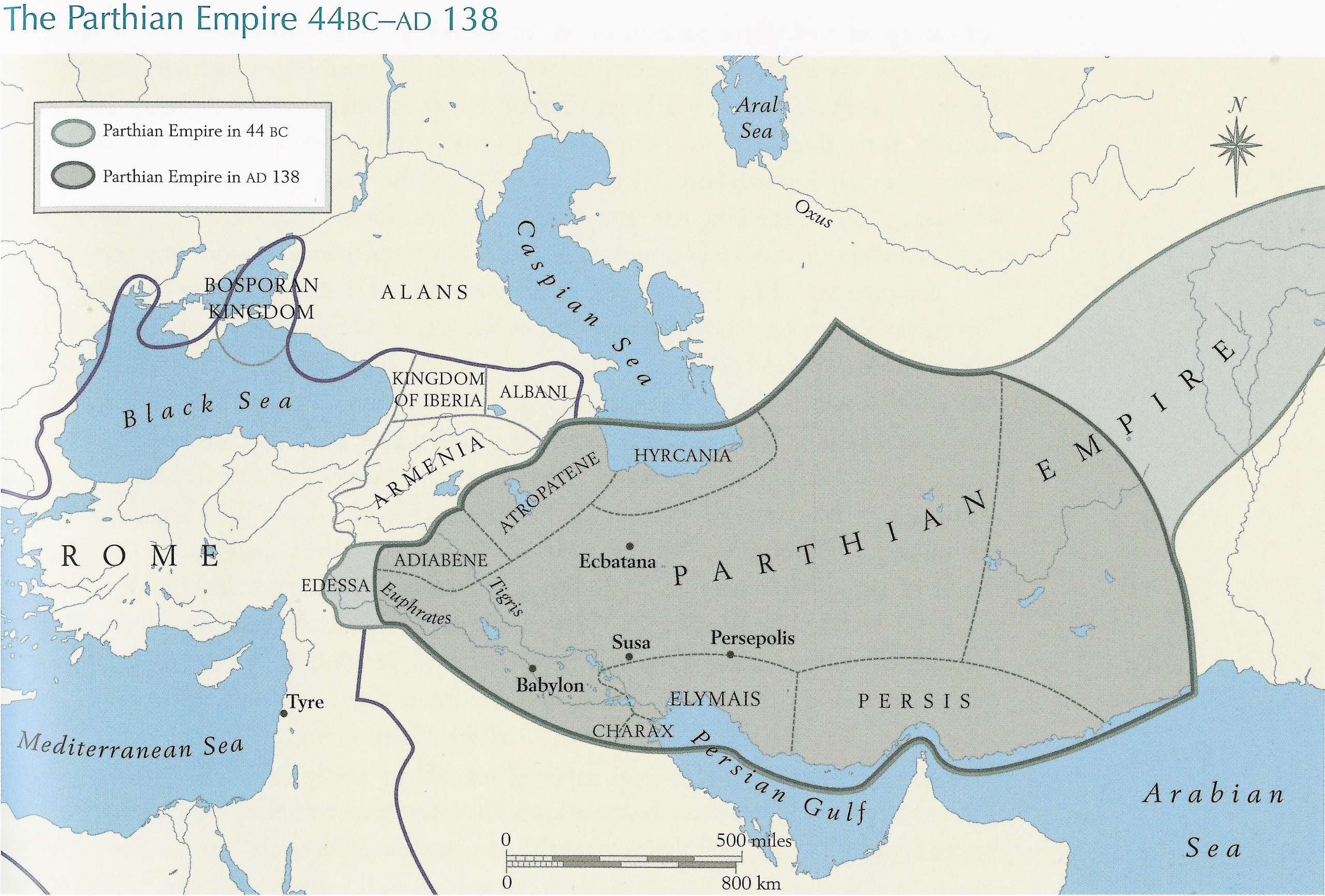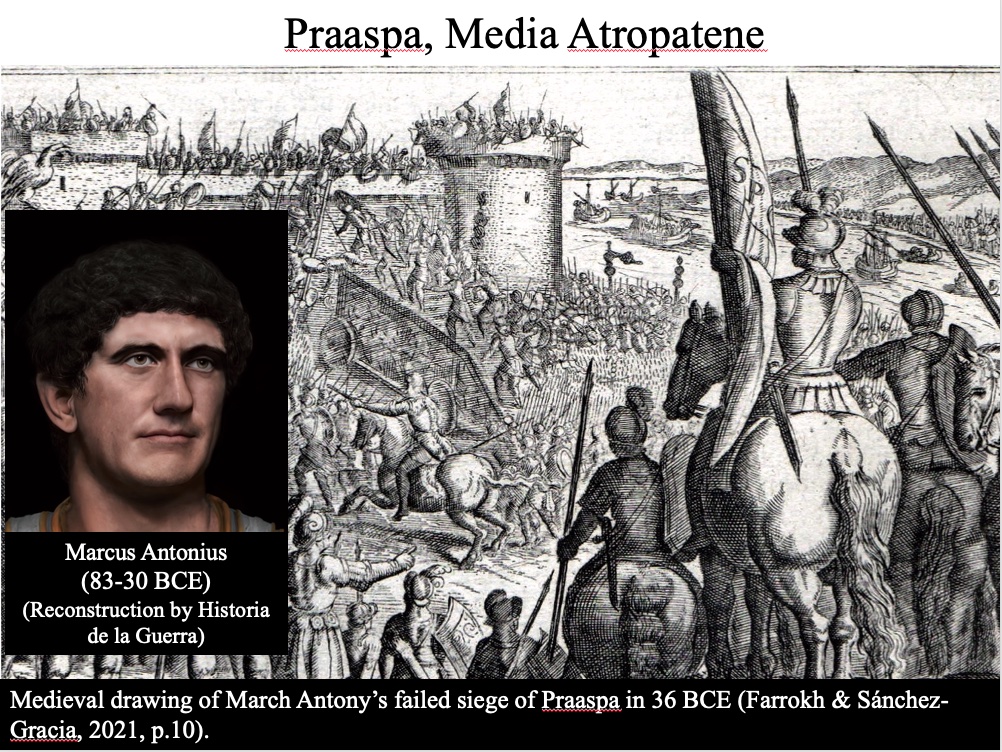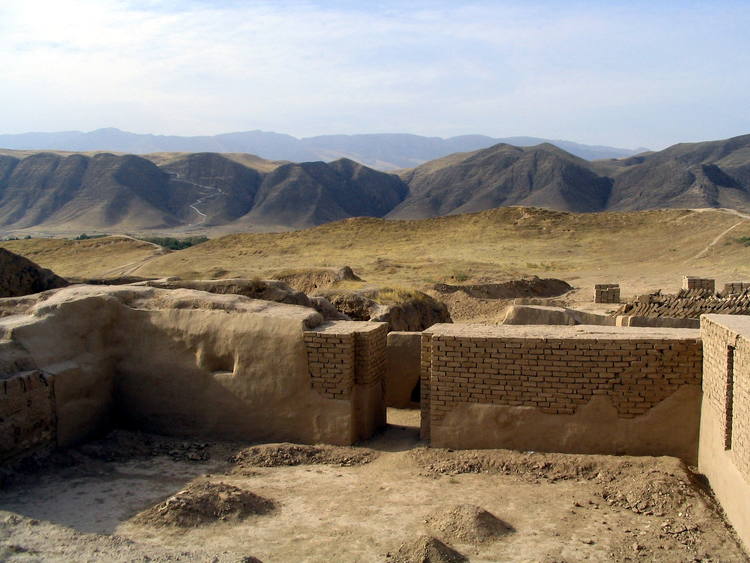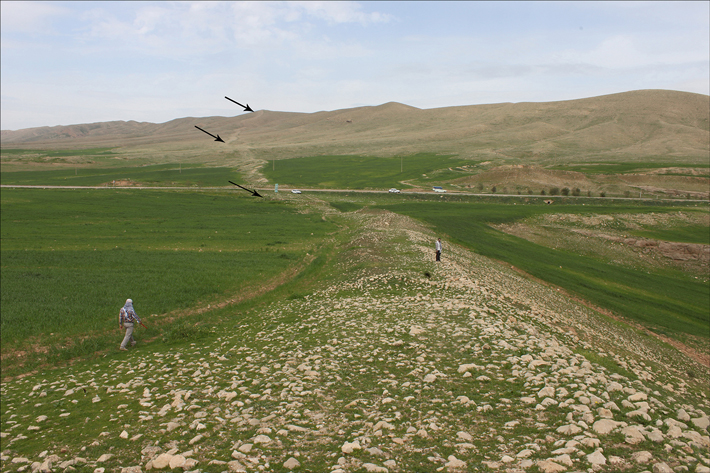The peer-reviewed academic volume (Oblizca Wojny) at the University of Lodz in Poland, which is one of the most important academic venues dedicated to the study of military history and warfare, has published the following article:
- Farrokh, K. (2024). A Survey of Parthian Military Architecture. Oblicza Wojny [Faces of War], Tom 10, Naredzia Wojny [Tools of War], pp.45-75. (download in pdf).
For more on the topic of Parthian and Sassanian architecture kindly consult:
The paper on Parthian military architecture published in 2024 was first presented as a seminar (Military Architecture of the Arsacid Empire”) at the Distinguished University of Lodz in Poland which organized the “7th Scientific Conference Faces of War – Tools of War” held on June 9-10, 2022. As noted by the University of Lodz webpages:
“The conference has been organized in the Institute of History of the University of Lodz since 2017. Since the first meeting, which was attended by a dozen or so friendly historians, it has grown into an undertaking that attracts more than 100 researchers from all important scientific centres in Poland. Since 2020 the conference has been an international event – researchers from Lithuania, Russia, Romania, Ukraine and Hungary also participated in it.“
The paper provides a comprehensive synopsis of Parthian military architecture from the early establishment of the Arsacids in c. 250 BCE to the latter days of the dynasty in the early 3rd century CE.

Map of the Parthian Empire in 44 BCE to 138 CE (Picture source: Farrokh, page 155, Shadows in the Desert: Ancient Persia at War-Персы: Армия великих царей-سایههای صحرا–).
The historical background of military architecture in Iran in former Mede, Achaemenid times is examined along with the subsequent Seleucid-Hellenic tenure and its influences upon Iranian military architecture, notably during the early Arsacid arrivals in northeast Iran at Parthava.

One of the slides presented by Kaveh Farrokh at the “7th Scientific Conference Faces of War – Tools of War” which was held on June 9-10, 2022.
The development and scope of Parthian military architecture is then examined from its initial phases in Parthava, northeast Iran (e.g. Hecatompylos), northern Iran (e.g. Kaluraz tappeh), Central Asia (e.g. Merv) and Afghanistan (e.g. Herat) and into its later phases when the Arsacids expanded into the interior of Iran (e.g. Rhagae, Qaleh Yazdegird), northwest Iran (e.g. Qaleh Zahak), Mesopotamia (e.g. Ctesiphon, Hatra), Syria (e.g. Dura Europos), and the Persian Gulf (e.g. Qeshm).

A walled structure of one the chambers at the Parthian fortresses at Nysa (Meros.org). Later Sassanian architecture would also display especially thick walls and depending on the region, either bricks or stones could be used in their construction. For more on Parthian and Sassanian military architecture, consult Chapter 13 “Military Architecture” in Armies of Ancient Persia: The Sassanians (2017). For more see here …
The developments of the Wall of Gorgan facing Central Asia and the more recently discovered Gawri Wall facing the western Roman frontiers is also analyzed.

One of the slides presented by Kaveh Farrokh at the “7th Scientific Conference Faces of War – Tools of War” which was held on June 9-10, 2022.
The paper concludes with an overview of Parthian influences on Roman military architecture.

The Gawri Wall, possibly constructed during the tenure of the Parthian Empire, is situated along an approximately north-south route for a length of 115 km along the Iraq-Iran frontier (Image by Sajjad Alibaigi, photo taken by F. Fatahi; reproduced in this article without permission solely for educational purposes).




